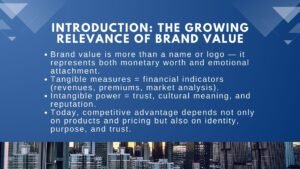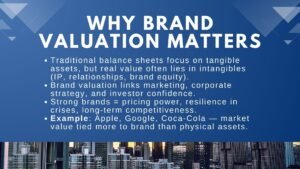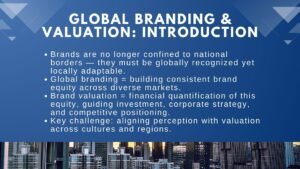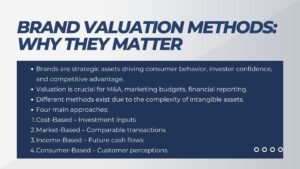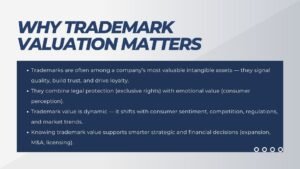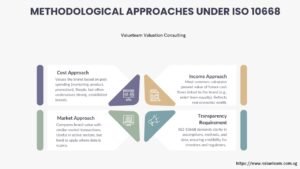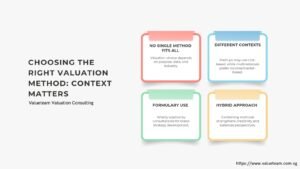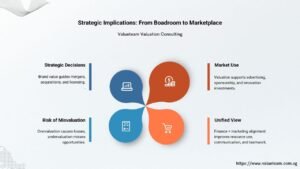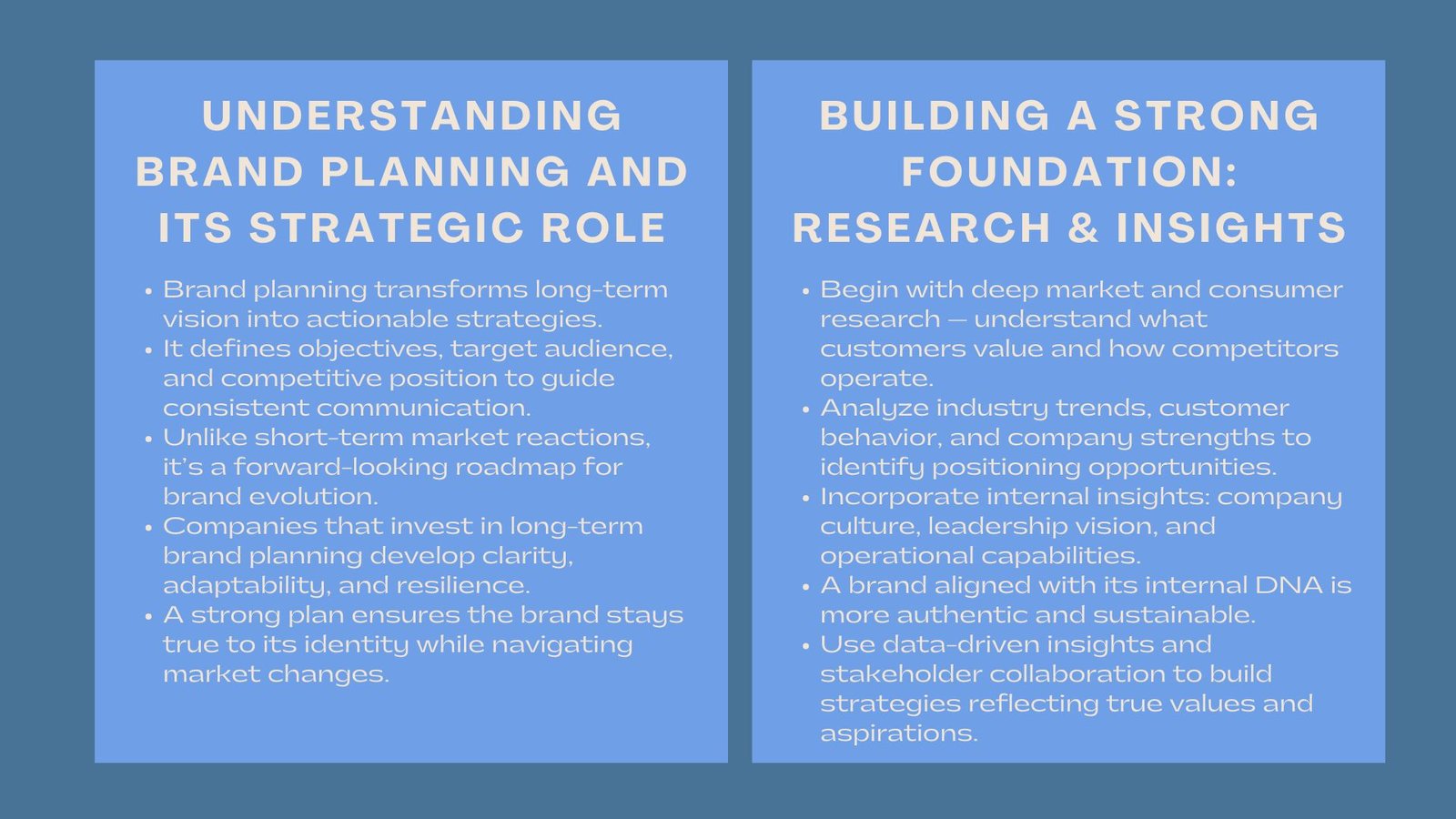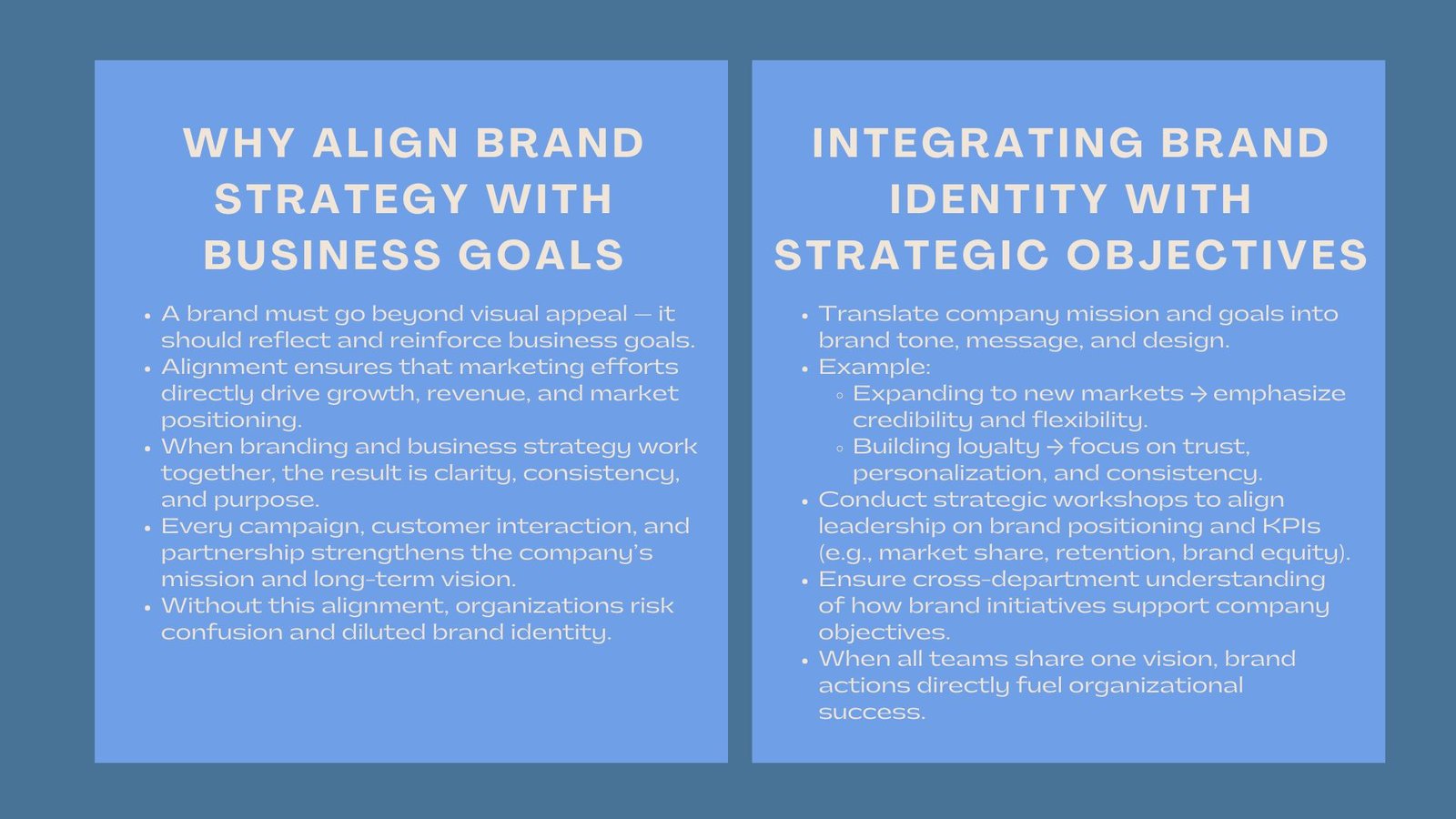
Step-by-Step Brand Assessment Guide
Step-by-Step Guide to Brand Assessment for Business Growth
Learn the Step-by-Step Brand Assessment Guide
In the current competitive market, successful business development is pegged not just by good financial performance but also by the brand strength. Apple, Microsoft and Google are the most valuable companies in the world whose value is based on brand equity but not on physical aspects. To corporate executives and financial experts, it is important to know how to carry out brand analysis to ensure that brand strategy is in line with the general business strategy.
An in-depth brand evaluation would tell how your brand is seen by customers, in comparison to the others, and how its image is reflected in the financial performance. Whether it is an acquisition, rebranding project, or a communication with investors, a systematic evaluation offers the organization the necessary information to make the right strategic choices that will lead to a sustainable growth.
Knowing the Point of Brand Assessment.
Association between Brand Health and Financial Value.
Brand evaluation is not just a marketing practice, but a financial diagnostic tool. It measures the impact of the intangible aspects of your company like reputation, trust and customer loyalty on the bottom line of your company. Through this relationship, executives can be able to find those areas where enhanced brand equity will have the impact of creating better margins, better customer retention, and better returns to shareholders.
Determining Strengths and Weaknesses.
A brand evaluation process identifies strengths which lead to customer preference and weaknesses which destroy long-term value. This two sided view assists businesses in their effective allocation of resources, which revolve around activities that positively improve the market position and reduce risks. An example of this is a firm that finds out that despite having a great brand recognition, its perceived quality is lower than the other competitors-leading to a specific investment in product or service enhancement.
Establishing Growth Strategy Foundation.
Any company that will be interested in a long-term development must understand where its brand is at the current moment and where it should be. A brand evaluation gives this point of reference. It guides the strategic planning, marketing investments, and brand portfolio management. Long-term repetition of the assessment also enables organizations to evaluate their progress, monitor performance and exhibit responsibilities to the investors and stakeholders.
Major Elements of a thorough Brand Evaluation.
An internal and External Analysis.
The initial measure is internal brand alignment- the degree to which employees know the brand promise and are able to enforce it. An integrated internal culture provides a stable customer experience and strengthens the brand authenticity. On the outside, the measurement of customer perception, reputation in the market, and competitive positioning shows the performance of the brand within the larger market. This twofold examination fulfills the gap between what a company wants to appear and the way it reflects.
Financial and Market Performance Measures.
In brand evaluation, quantitative data is essential. Analysts look at revenue flow, profitability, and the cost of acquiring customers, and sales based on the brand contributions to comprehend the direct financial contribution of the brand. The comparison of these measures with brand awareness and preference research gives a comprehensive view of the business outcomes of the brand. At Brand Valuation Singapore, we incorporate brand assessment valuation for corporates to translate brand perception into measurable financial outcomes, enabling businesses to connect marketing insights with fiscal realities.
The Customer Experience and Sentiment Insights.
Customers trust and have an emotional bond with the brands. Surveys, reviews, social listening tools are used to determine the motivation behind loyalty and advocacy. The information does not only show what customers purchase, but the reasons behind their purchase. This knowledge of such underlying motivations will enable businesses to customize their messaging, increase the quality of their services, and form long-lasting relationships resulting in building brand equity.
How to Do a Structured Brand Evaluation.
Step 1: Objectives and Scope.
All effective evaluation starts with objectives. Do you have a new merger, repositioning or performance report to consider? Arguing out the purpose identifies data points, benchmarks, and methods of valuation to apply. Defining the appropriate scope is also a way of making the assessment relevant, actionable, and in line with the overall business objectives.
Step 2: Collection of Data and Performance benchmarking.
Data will be collected using qualitative and quantitative data- customer survey, sales data, brand tracking studies and financial reports. The competition benchmarking offers a picture of the performance and shows the gap. This step requires accuracy, since the quality of the information is directly related to the credibility of the ultimate insights.
Step 3: Findings Analysis and Strategy translation.
After the data has been tabulated, synthesis will be the second step, which can be defined as the linking of the perception measures with business performance. This is associated with the determination of key value drivers, potential risks and unexploited opportunities. The analysis is supposed to conclude with strategic suggestions that shape the decisions in branding, marketing, and operations. Our brand evaluation services Singapore approach combines analytics with strategic interpretation, ensuring that each assessment yields actionable insights and measurable business results.
The use of Brand Assessment Insights to Grow Business.
Enhancing fit between Brand Strategy and Corporate Vision.
The brand assessment insights must be transferred to the strategic planning. When the evaluation shows that there is a weak brand differentiation, then the organization may improve its position to gain prominence in a saturated market. Provided that loyalty scores are high, then it can decide to franchise or license. Organizations can also align brand efforts with corporate objectives in order to make sure that all activities will lead to value creation and growth.
Enhancing Investor and Stakeholder Trust.
The importance of brand value as a constituent of enterprise worth is being clearly recognized by investors. The report on the results of brand assessment should be transparent, which will raise the credibility and demonstrate that the company is as strict in managing its intangible assets as financial ones. Investor communications or disclosure of ESG also adds brand metrics which is also an indication of transparency and governance-attributes which appeal to long-term capital and partnerships.
The Development of a Culture of Continuous Improvement.
The evaluation of the brand is not a static process–it is a continuous process that is changing with the market trends and consumer demands. Those organizations that have integrated assessment as part of their operations beat are in a position to continually refine strategy, measure performance, and act proactively against change. Such a culture of measurement and improvement brings about brand and business sustainability in the long run.
The Professional Advisor and the role of the professional advisor in the assessment of the brand.
Getting Objectivity and Credibility.
External evaluation introduces objectivity and technical skills which may be lacking in internal teams. Standardized methods are employed by external professionals and therefore make the valuation and analysis credible to audit, investor reporting or regulatory compliance. They also present an external view that shall highlight areas of blindness and opportunities that may be missed by the internal teams.
Combining Valuation and Strategy.
Professional advisors are not only measurers, but they are interpreters. They are able to bring together analytical rigor and strategic insight in enabling organizations to decode complex data into clear and actionable plans. The integration makes certain that the brand assessment becomes not only descriptive, but prescriptive, informing the decisions of future investment and positioning.
Providing Governance-Grade Reporting: Transparent.
Clarity is required by the stakeholders. The professional reports present the methods, assumptions, and limitations of the evaluation in a clear language. The executives are provided with a brief overview of the main findings and implications, whereas finance teams are provided with technical documentation that will be verified and complied with. This reporting framework ensures that the brand awareness is shared with the departments and other external partners with the confidence.
Conclusion
A successful brand evaluation is a business strategy requirement of the contemporary world businesses aiming at sustainable development. It translates perception into quantifiable wisdom, integrates brand strategy and financial performance and enhances confidence of stakeholders. Through analytical thought and strategic vision, organizations can turn their brand into something intangible and tangible to grow and succeed.
As the Brand Valuation Services in Singapore, we are experts in assisting corporates to measure, manage and maximize the potential of their brand by undertaking data intensive and rigorous assessment frameworks. Regular review and direction help you to build your brand into more than an identity, it is a monetary resource that can drive your success in the long term.


